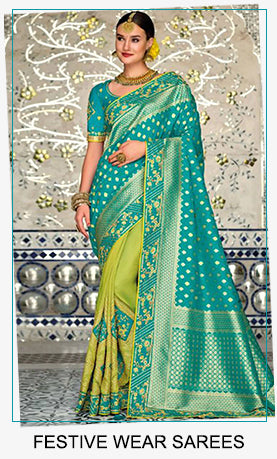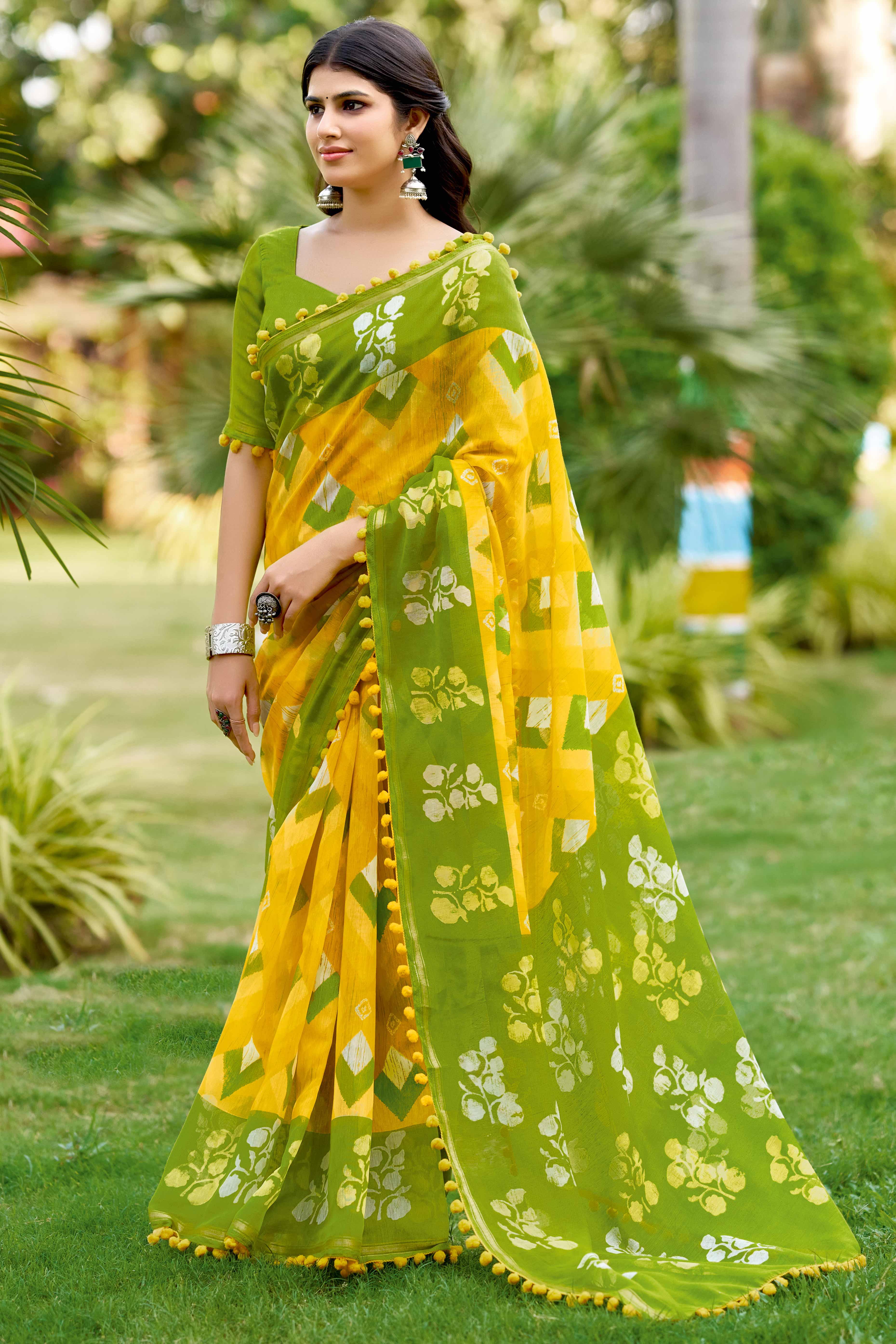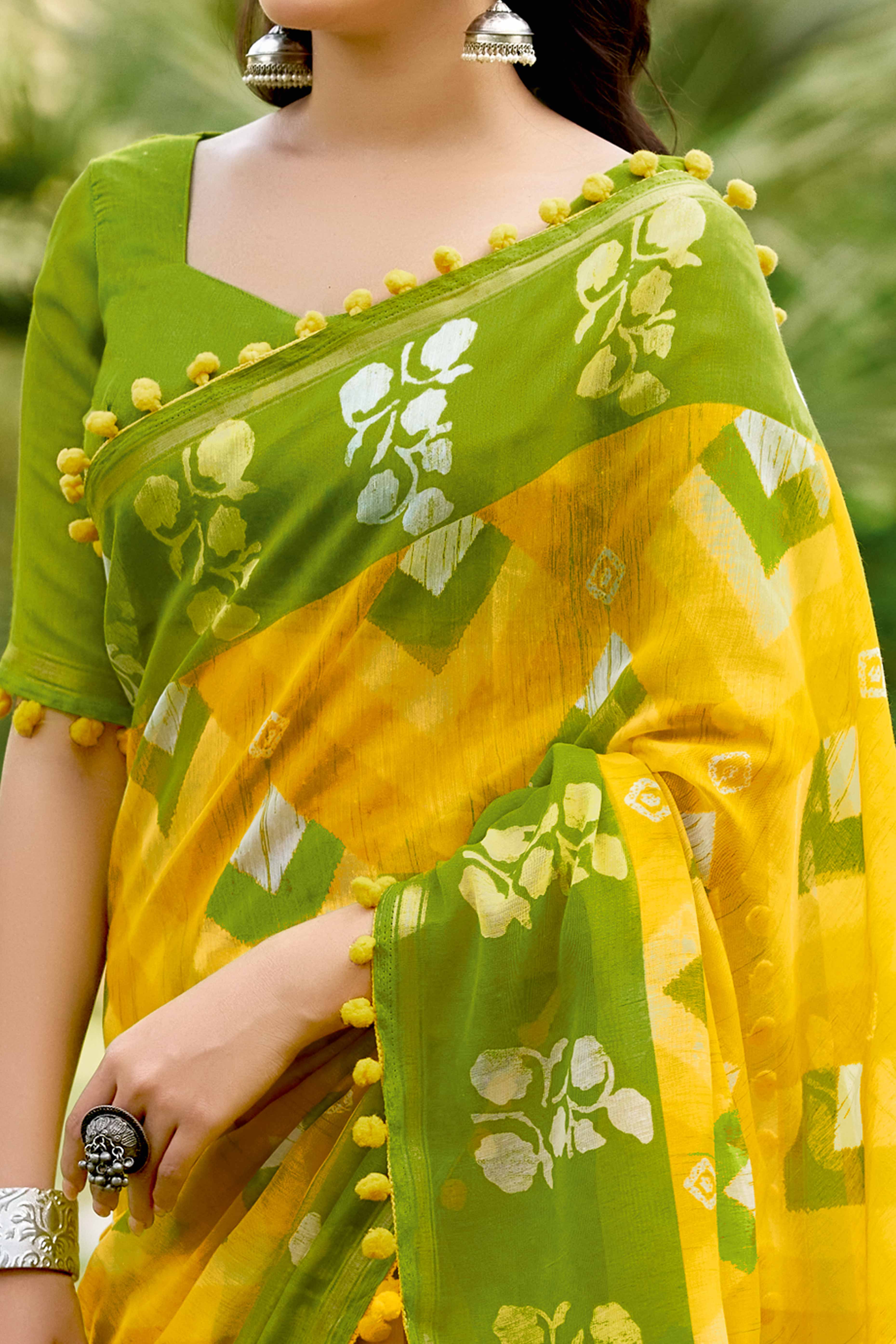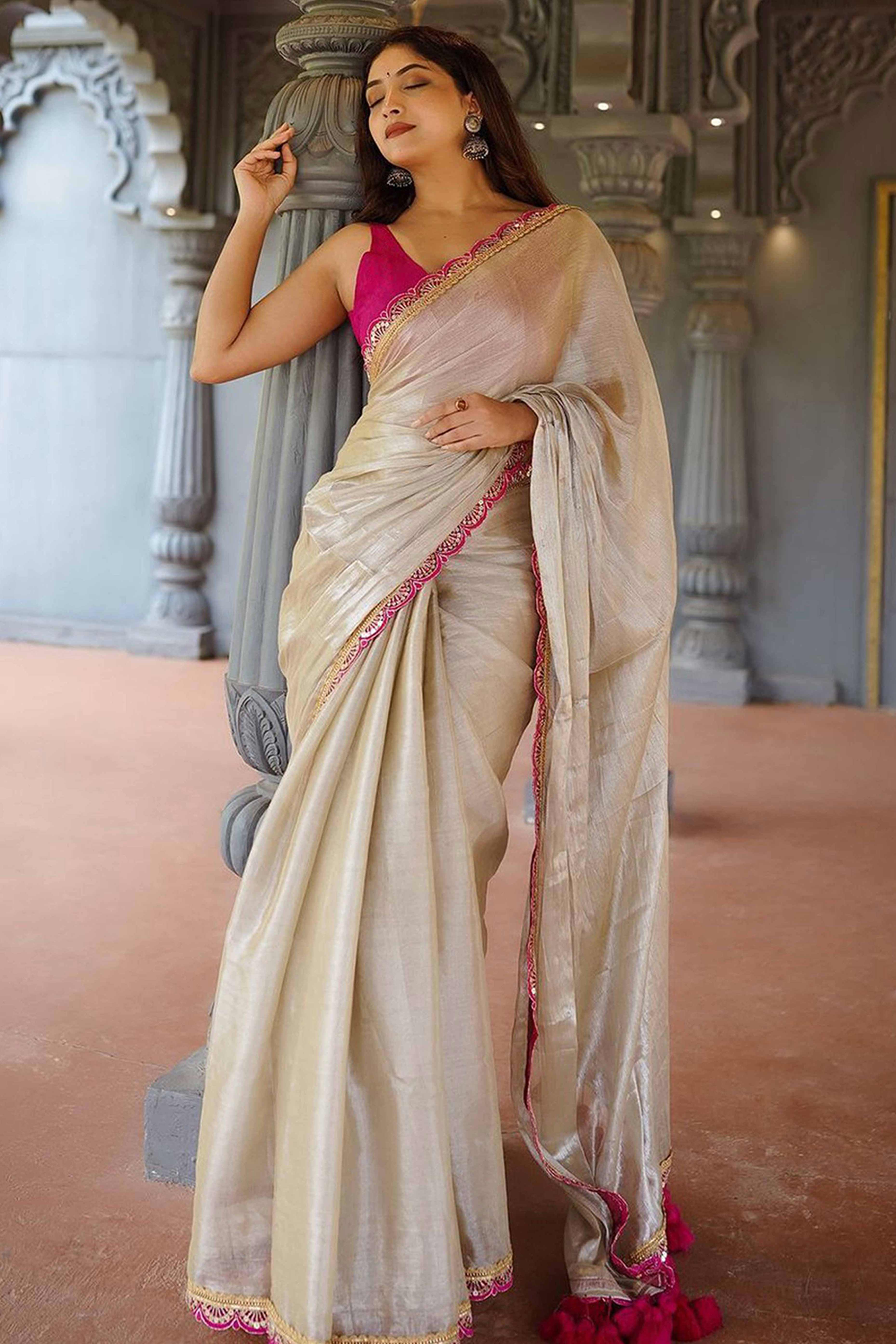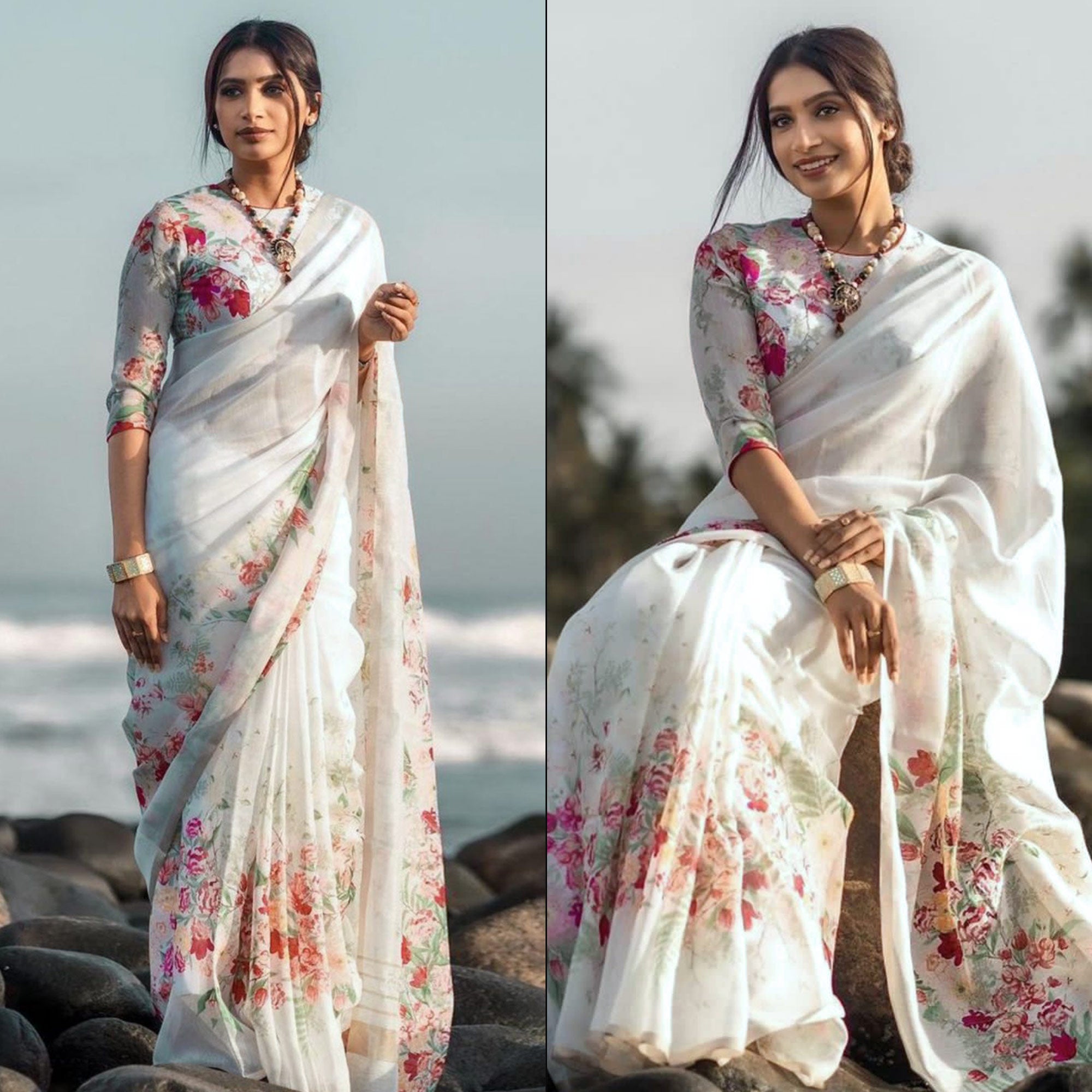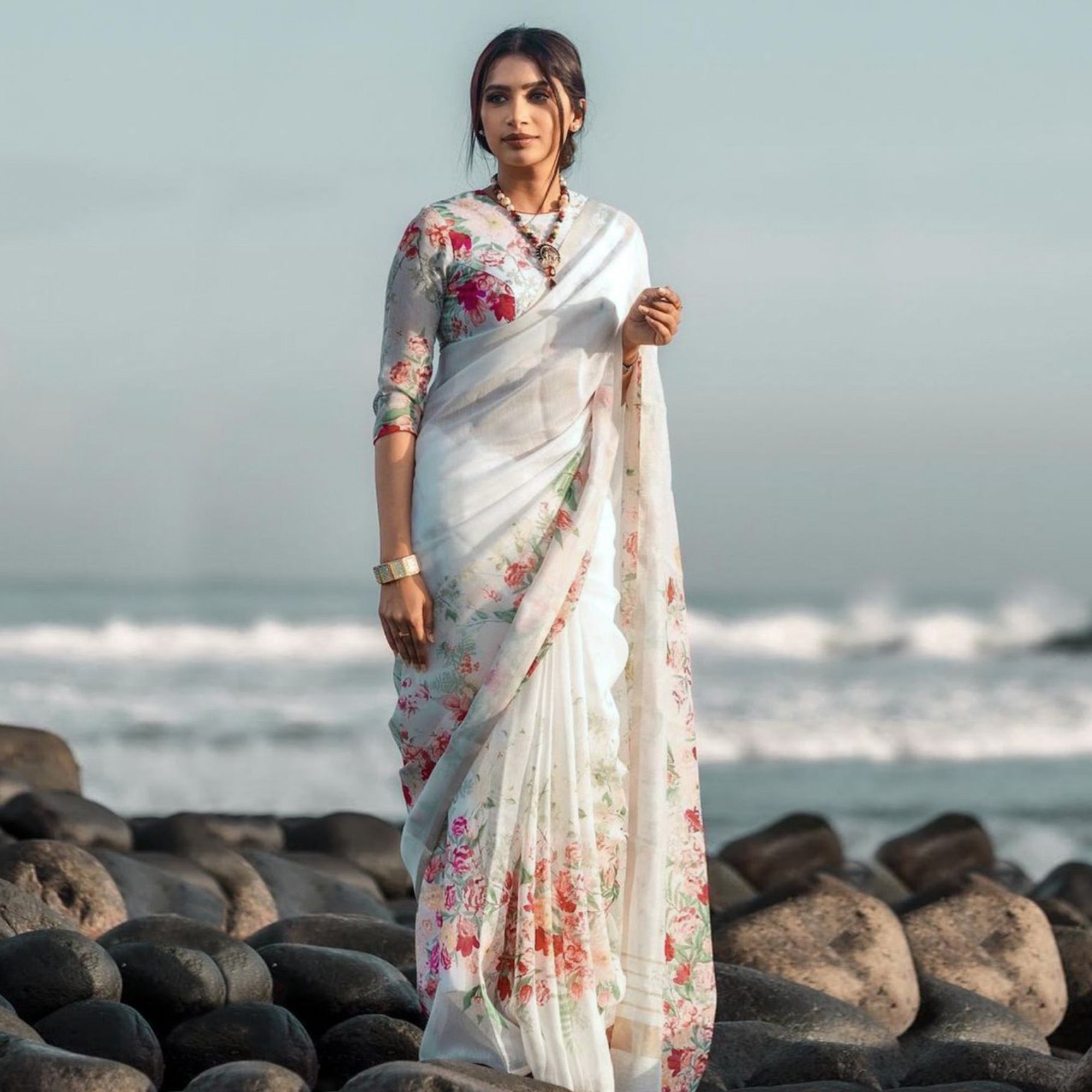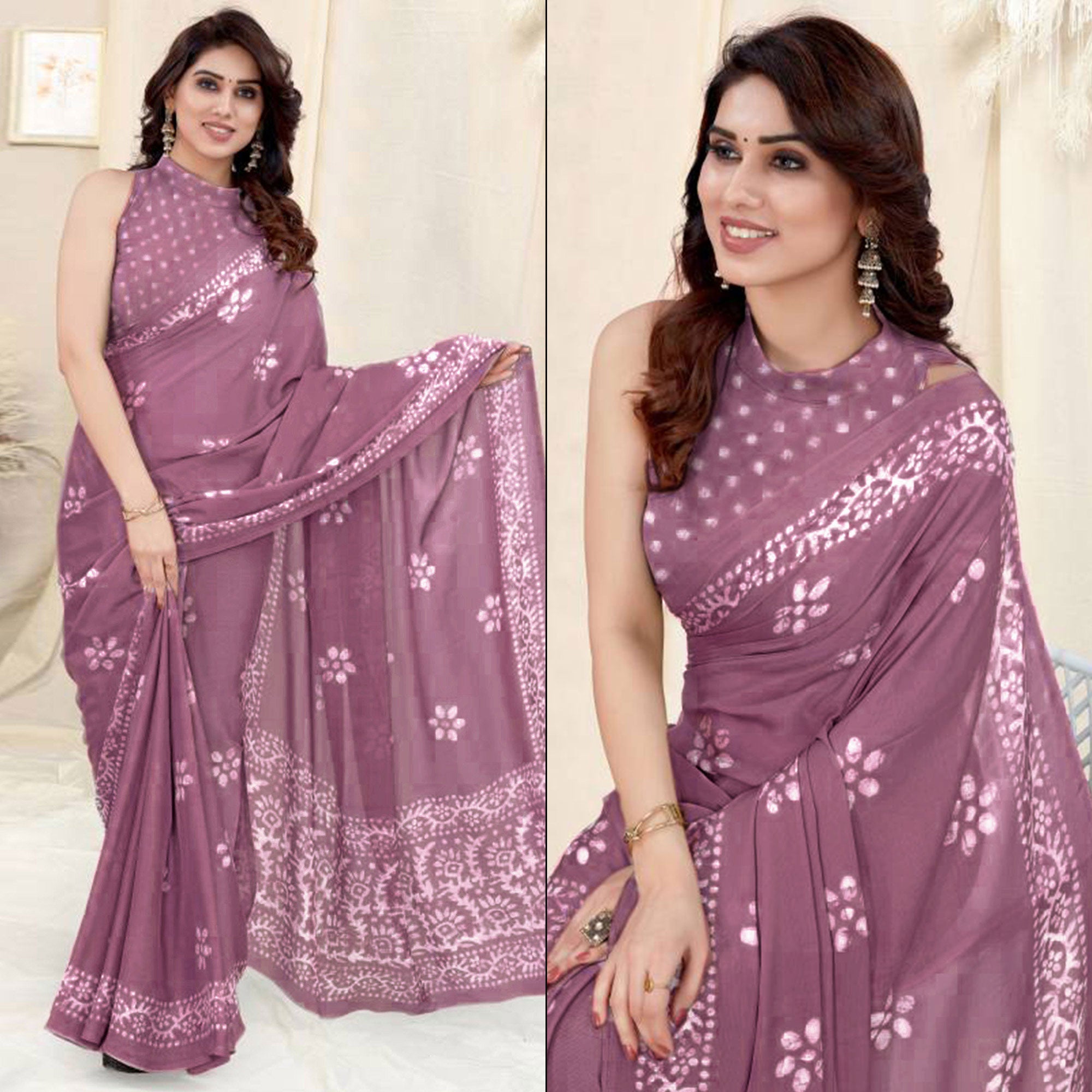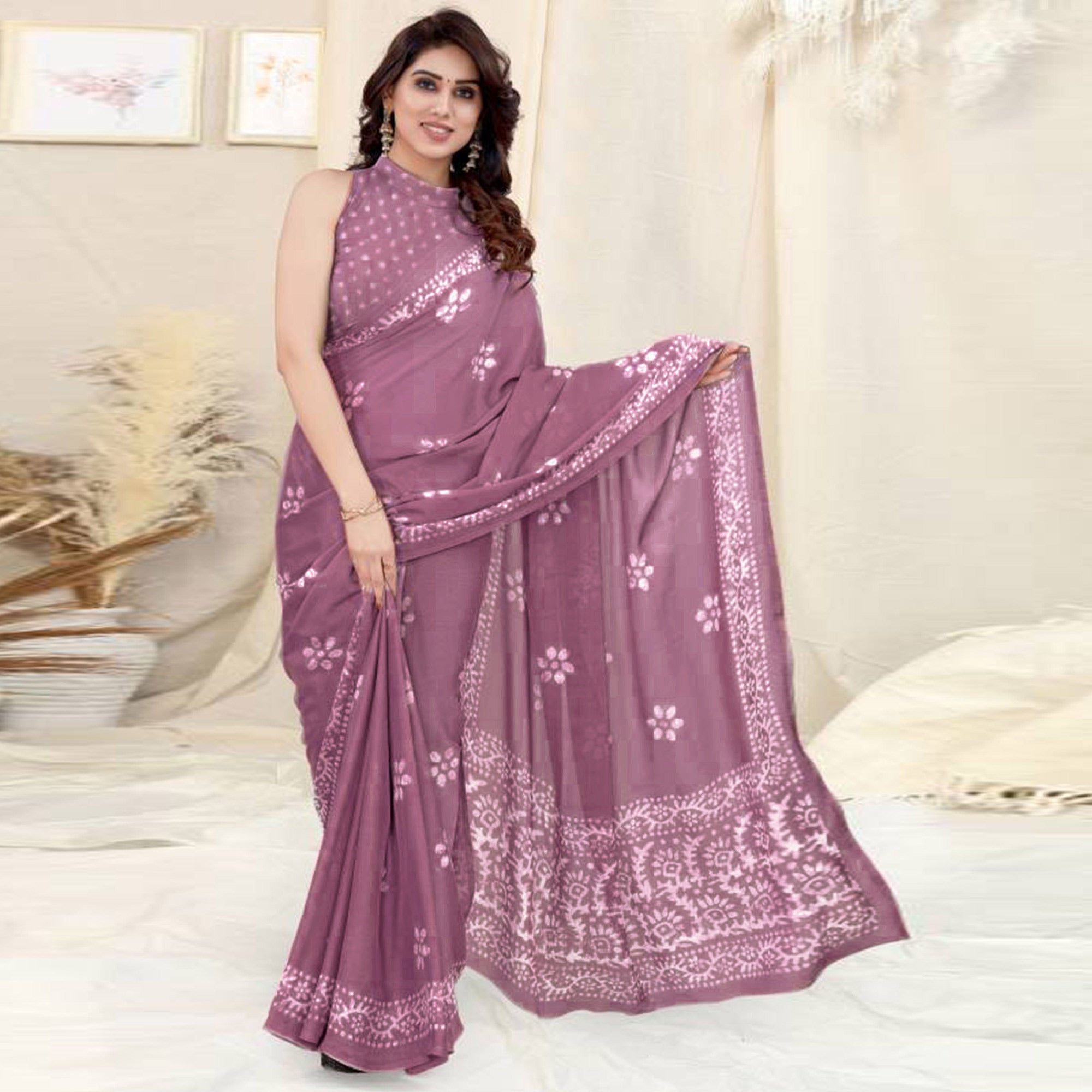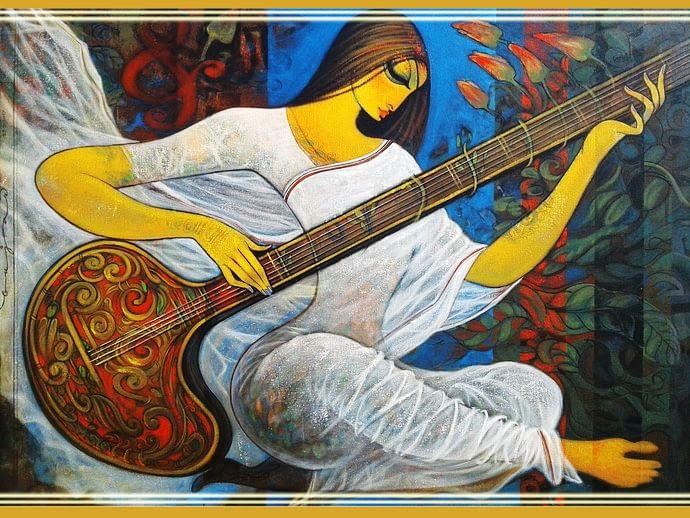Goddess Durga or Maa Durga as she is fondly called by her worshippers is a fierce, bold, powerful and a beauteous Goddess. She is an icon of righteousness and strength. Holding ten weapons in her ten hands, riding a raging lion, Maa Durga is an epitome of strength and fearlessness. Flanked by Maa Laxmi and Maa Sarasati on either sides, Lord Ganesha and Lord Karthikeya are seated in front of her.
Origin of Durga Puja
The first ever documented celebration of Durga Puja is believed to be in the late 1500. The landlords of Dinajpur and Malda were the first ones to socially organise Durga Puja on a social level. According to another source, Raja Kangshanarayan of Taherpur and Bhabananda Mazumdar of Nadiya organized the first Sharadiya (Durga Puja) in Bengal in 1606.
The origin of the community puja can be credited to the twelve friends of Guptipara in Hoogly, West Bengal, who collaborated and collected contributions from local residents to conduct the first community puja called the 'baro-yaari' puja, or the 'twelve-pal' puja, in 1790. The baro-yaari puja was brought to Kolkata in 1832 by Raja Harinath of Cossimbazar, who performed the Durga Puja at his ancestral home in Murshidabad from 1824 to 1831.

The baro-yaari puja gave way to the sarbajanin or community puja in 1910, when the Sanatan Dharmotsahini Sabha organized the first truly community puja in Baghbazar in Kolkata with full public contribution, public control, and public participation.
Also Read: Stylish Festive Durga Pujo Sarees Online for You
Durga Pratima and Pandal
There are two kinds of embellishments that are used on clay—sholar saaj and daker saaj. In the former, the pratima is traditionally decorated with the white core of the shola reed which grows within marshlands. As the devotees grew wealthier, beaten silver (rangta) was used. The silver used to be imported from Germany and was delivered by post (dak). Hence the name daker saaj.

The huge temporary canopies—held by a framework of bamboo poles and draped with colorful fabric—that house the icons are called 'pandals.' Modern pandals are innovative, artistic and decorative at the same time, offering a visual spectacle for the numerous visitors who go 'pandal-hopping' during the four days of Durga Puja.
Sculpting the Idol in Calcutta
First a framework of bamboo is crafted and then a combination of soils and clays is used to begin with the idol creation after performing Ganesh Puja as an auspicious start. All the statues are intricately hand painted with precision.
In Calcutta, usually on the seventh day the sculpted idols are placed in the temple premises and then follows a full-fledged three day celebration.
Performing Durga Puja
In the northern part of the country, the first nine days of this festival, called Navaratri, are commonly observed as a time for rigorous fast, followed by celebrations on the tenth day. In western India, throughout the nine days, both men and women participate in a special kind of dance around an object of worship. In the south, Dusshera or the tenth day is celebrated with a lot of fanfare. In the east, people go crazy over Durga Puja, from the seventh till the tenth day of this annual festival.

In eastern India, especially in Bengal, the Durga Puja is the principal festival during Navaratri. It is celebrated with gaiety and devotion through public ceremonies of “Sarbojanin Puja” or community worship. Huge decorative temporary structures called “pandals” are constructed to house these grand prayer services, followed by mass feeding, and cultural functions. The earthen icons of Goddess Durga, accompanied by those of Lakshmi, Saraswati, Ganesha, and Kartikeya, are taken out on the tenth day in a triumphal procession to the nearby river, where they are ceremonially immersed. Bengali ladies give an emotion-charged send-off to Durga amidst ululations and drumbeats. This marks the end of the goddess’ brief visit to the earth. As Durga leaves for Mount Kailash, the abode of her husband Shiva, it’s time for “Bijoya” or Vijayadashami, when people visit each other’s homes, hug each other and exchange sweets.
Durga Puja is a festival of absolute merrymaking, of celebrating the victory of truth, honesty and always abiding by principles. It bridges the gap between the classes of the societies and people come together for the sake of religious fervour and unity.

